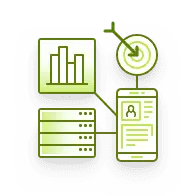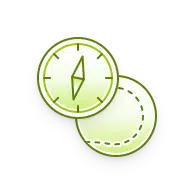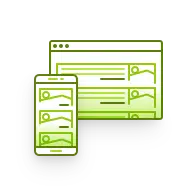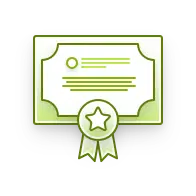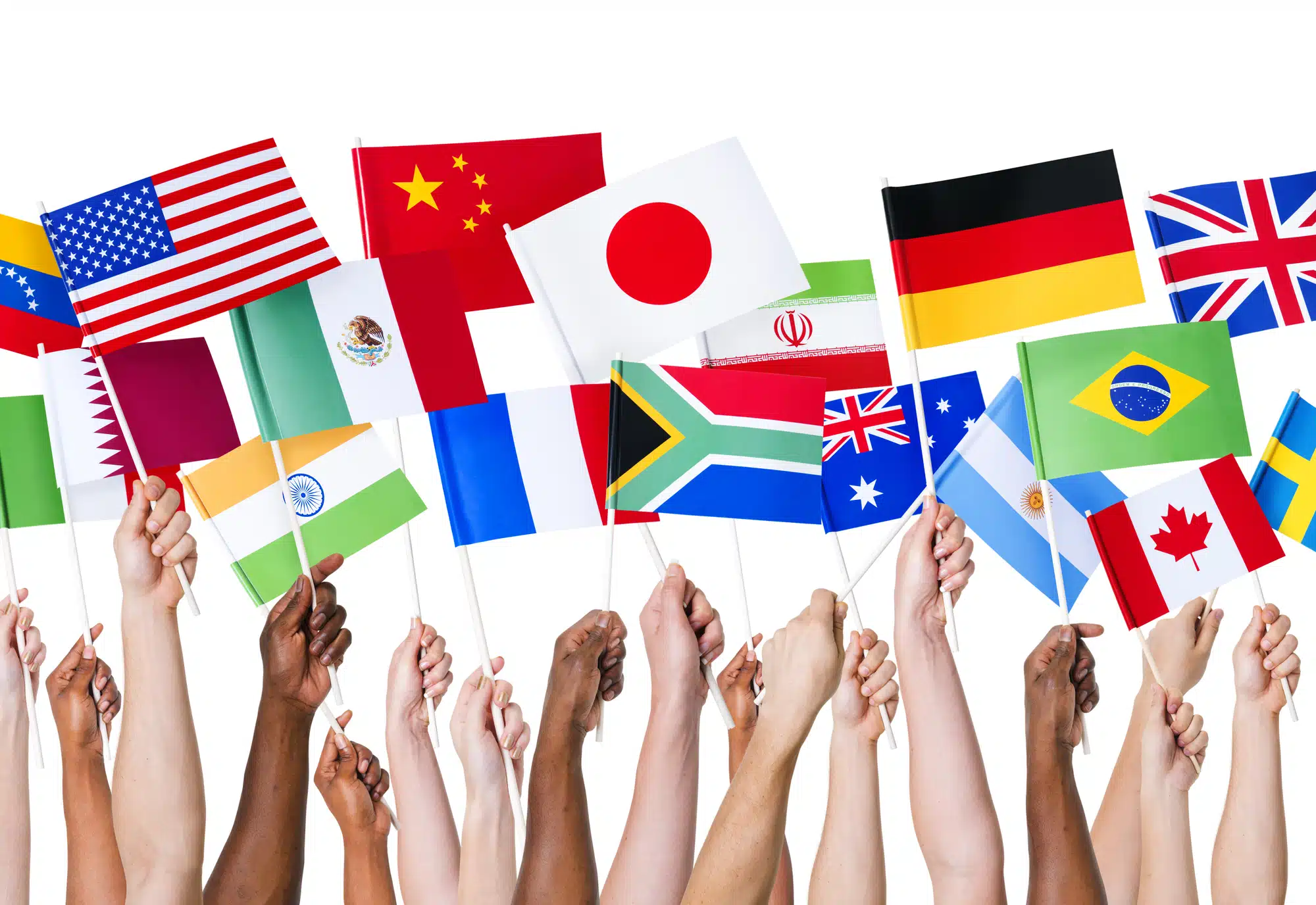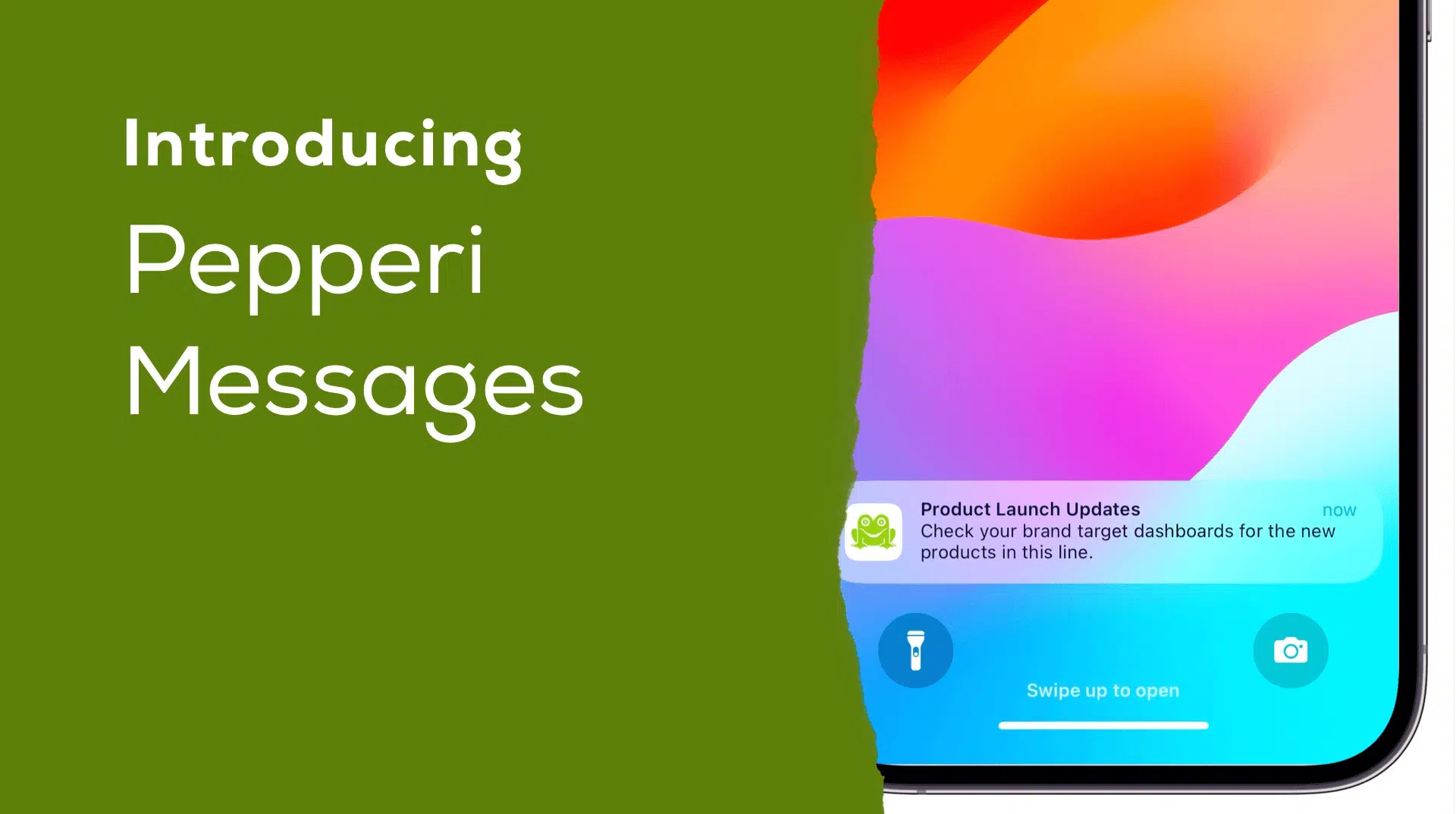3 reasons field sales software and wholesale eCommerce go hand-in-hand
April 30, 2019 By Stacey Woods

In the past, wholesale purchasing was straightforward – retailers, hospitality (HoReCa) businesses, forecourt stores and other buyers met suppliers and ordered products. Re-orders were done over the phone, via fax, or face-to-face.
But you also had merchandisers checking your shelves and submitting replenishment orders when needed… almost forgot about van drivers delivering products and able to sell products from their trucks…
Then came wholesale eCommerce, along with a new generation of buyers and things got even more complicated.
However, chaos need not be the new steady-state of your business. Combining field sales software with B2B eCommerce is the right way to go.
Let’s look at how.
Customer journeys are changing
The new B2B buyer has access to incredible technology and grew up using social media, smartphones and online shopping. They are far more accustomed to online sales than the previous generations and expect to see it in their work lives as frequently as in their personal lives.
However, although 86% of B2B buyers prefer self-service for re-orders, 76% still want to speak with a sales rep when researching and purchasing a new product. Selling channels are converging resulting in a mixture of face-to-face selling and online self-service.
Brands and wholesalers need to adapt to this change and be flexible enough to support multi-channel B2B interactions along the buying journey.
You must make smarter decisions to succeed
B2B sales reps are under constant pressure to meet their targets. Meeting sales targets relies mainly upon building good, resilient customer relationships. To do that, you need a customer-centric approach and comprehensive customer data.
Integrating data from field sales solutions – mobile CRM, mobile order taking and retail execution apps – together with B2B online sales data enables that. You can then arm sales reps with a 360˚ view of every customers’ data including prior service requests; previous complaints or issues; latest store audit scores; top selling products; relevant trade promotions; sales performance trends and more.
Sales transactions can be centrally managed, and the entire sales team can take control of their wholesale ordering, maximize the size of each sales order and answer customer queries quickly and efficiently.
Additionally, insights can be derived to better understand buying trends, evaluate the impact of promotions and support production decisions.
Help your team drive omnichannel operations effectively
B2B buyers expect an omnichannel experience where they can view product information, analyze activities, their account history, take delivery, return and exchange easily. 68% highlighted that it’s very important to be able to view all their activities across all channels. Regardless of what channel buyers use, businesses must be able to seamlessly align inventory management, order delivery and fulfillment to give customers the experience they expect.
But this brings with it with many practical challenges of operating across disparate solutions from different vendors. The likelihood of errors increases dramatically as you need to fiddle around with multiple system administration consoles, as is the amount of time needed to align online and field operations.
This may sound like a small price to pay in order to delight your buyers, but reality shows it’s a major inhibitor of successful omnichannel B2B operations.
Take for example trade promotions – in certain industries, such as beauty and healthcare, suppliers might be running over 100 promotions simultaneously – did you ever think about the practicality of doing that across multiple sales channels?
But unifying field sales software with an B2B eCommerce app on one single platform streamlines all activities. Well-aligned and personalized buyer experiences can be tailored to each buyer needs. Customer service portals can be easily adapted together with field sales force automation solutions. And both customers and businesses reap the benefits.
Had enough reading? Talk to one of our B2B sales experts.
